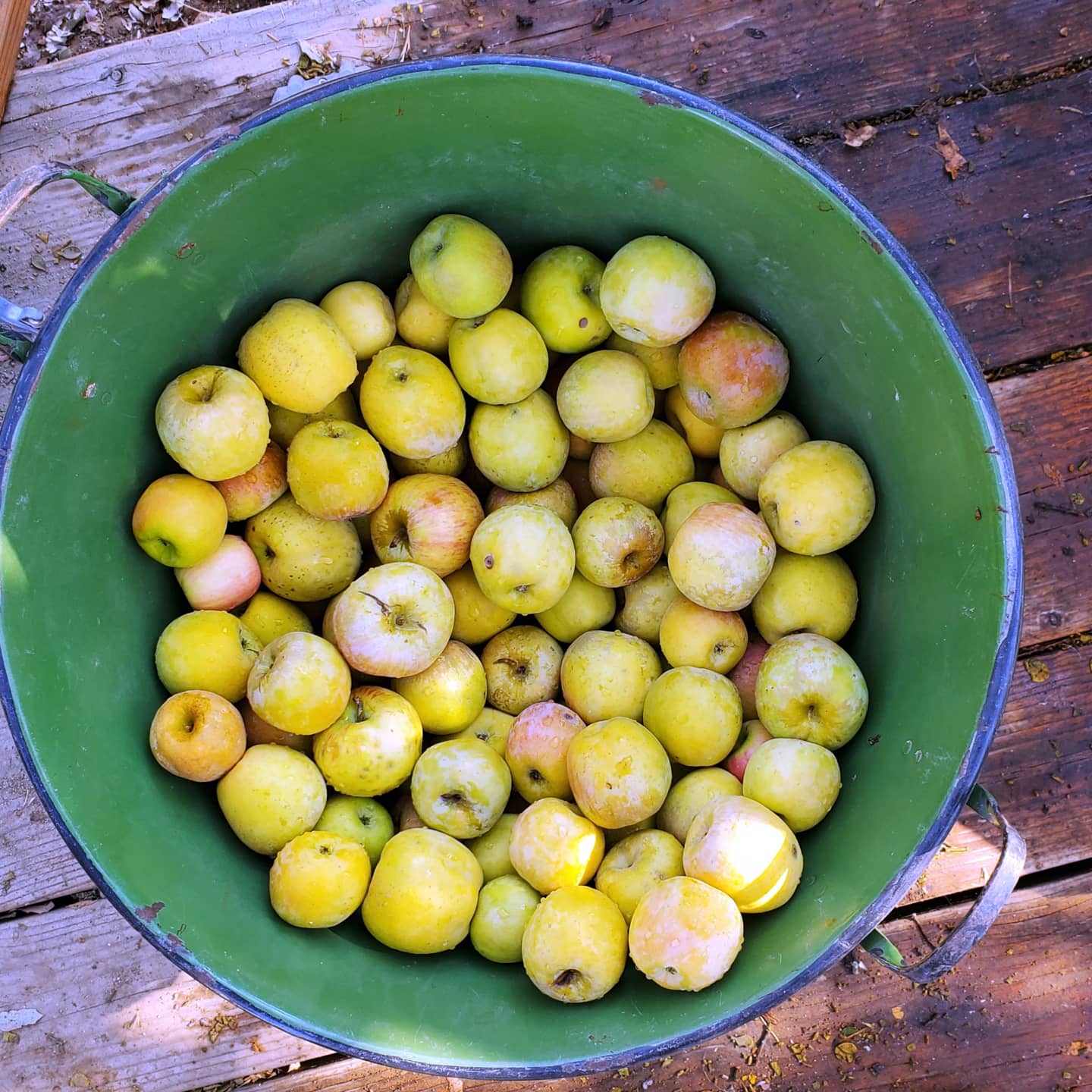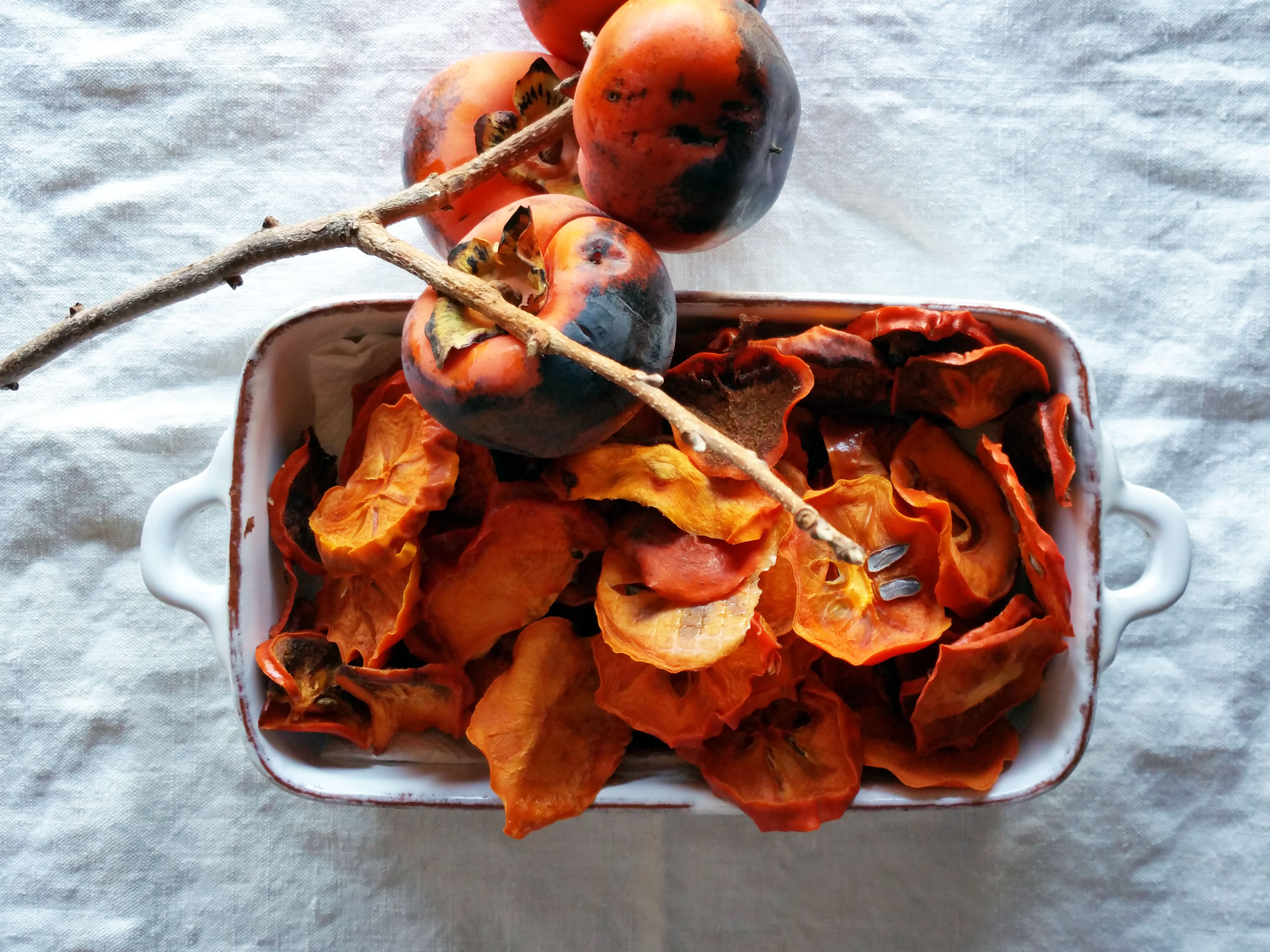
Pressing Cider
On October 13, 2023 by Christy LarsenThe small suburb of Los Angeles where I spent my youth was a bedroom community with nice plots and manicured front lawns. Children were everywhere and we all seemed to be just about the same age. Most everyone was a transplant from the East or Midwest, so to stave off suburban boredom, our moms would conspire; making plans for treks to the beach, the mountains, the desert, museums, theme parks, and everything in between. A favorite place which was annual event (including the time I had a terrible toothache and was being melodramatic in the back of the station wagon) was what we called Apple Country. It has been over 30 years, but I’ve been chasing the memories ever since.
I am someone who cannot resist (and why should I?) a long country road, a farmstand, or a run-down shack with a hand-lettered sign selling ANYTHING. If it is open, I’m stopping; apple farms included. Freshly pressed cider and warm donuts made with it is a fall treat that everyone should be so lucky to come upon.
We are not an apple farm. We grow apples, but none more than to press for our use and to make the odd batch of donuts or two. Sometimes our neighbors will off load a few tons of fallen fruit for us to feed our pigs; and truth be told we skim off the mildly bruised and press those into juice as well. We have our own small press and it is a handcrafted machine that I, with just a few hours of bending, twisting, and turning, can turn a dozen pecks of apples into gallons of cider. We pull it out Mid-October, and return it to storage by Thanksgiving.
While the act of pressing cider isn’t quite as magical as an outing with neighbors eating apple pie, donuts, ice cream, butter, and cider made by someone else’s hand without any concern of calories or affect, it brings me joy. Through the course of fall, I will make all of the things and I will eat all of the same; just not in one sitting.

Dried Persimmons
On November 26, 2014 by sixtyacrebakerPersimmons seem to be a bit misunderstood. Some varieties need to ripen on the tree and be very soft, otherwise they are astringent, while others can remain very firm and be sweet. Personally, I prefer Fuyu persimmons. They do well in the area where we live, and grow abundantly through the fall. Firm and sweet, they are delicious off the tree, sliced in salads, frozen and enjoyed as an icy treat, and dehydrated into sticky sweet submission. To dry persimmons, you do not need a dehydrator, but it helps. If using a dehydrator, simply slice the persimmons in 1/4-1/2″ slices and set on the drying tray. Turn the heat of the machine to 130-135F for about 8 hours. Look at the fruit after about 6 hours to check on progress, they may be done. If not, check every hour until they are still a bit supple, but not wet. Leave to cool in the dehydrator for another 2 hours or so…or overnight.
If using oven: turn oven to lowest setting–preferably 130-135 if you can get it that low. Line your baking sheet with a silpat or parchment paper. Proceed as described above.
You may also choose to dry the persimmons whole. You can do that by tying baker’s twine, or other type of string to the stem of the persimmon. Tie one persimmon onto each end of the string. Prop a broomstick or other apparatus in a warm window sill. Hang the persimmon on the pole/broomstick/etc. The strings will hang over the middle with a persimmon on either side. After a day or two, give each persimmon a little massage, a gentle squeeze on all sides. Continue doing this each day until the persimmon has completely dried out and formed a bit of a sugary crust on the outside. This may take several weeks and is nearly impossible in damp conditions. If the fruit shows signs of mold, throw the fruit away.
Dried persimmon makes a wonderful sweet as candy snack. It is also great in granola, oatmeal, and trail mix. You can reconstitute with water for use in salads or tagines. Soak in wine and spices for a compote. The uses are almost endless